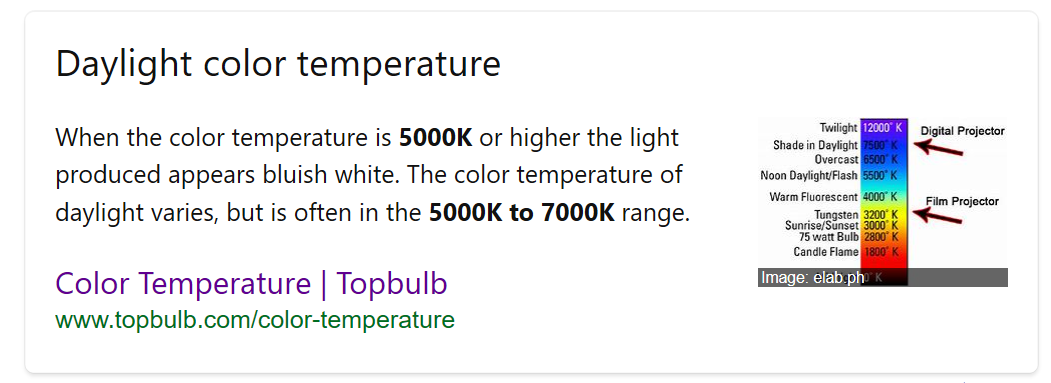erek
[H]F Junkie
- Joined
- Dec 19, 2005
- Messages
- 10,875
Hmm...
"This makes basic sense: daylight is yellow, twilight is blue, and sunrise and sunset are pretty reliable ways to tell your body clock what time it is. Of course, at this point, we only know it works on mice – and mice don’t have phones. “We think there is good reason to believe it’s also true in humans,” says Dr Brown.
There is perhaps a more obvious truth to be drawn – if your phone is telling you to switch to night mode, it is time to put down your phone.
It is not the colour of the screen that is keeping you awake; it is all the stuff your phone offers as an alternative to sleep at 2am. There is only one real night-mode switch: the off button"
https://www.theguardian.com/technol...ur-phones-night-mode-may-be-keeping-you-awake
"This makes basic sense: daylight is yellow, twilight is blue, and sunrise and sunset are pretty reliable ways to tell your body clock what time it is. Of course, at this point, we only know it works on mice – and mice don’t have phones. “We think there is good reason to believe it’s also true in humans,” says Dr Brown.
There is perhaps a more obvious truth to be drawn – if your phone is telling you to switch to night mode, it is time to put down your phone.
It is not the colour of the screen that is keeping you awake; it is all the stuff your phone offers as an alternative to sleep at 2am. There is only one real night-mode switch: the off button"
https://www.theguardian.com/technol...ur-phones-night-mode-may-be-keeping-you-awake
![[H]ard|Forum](/styles/hardforum/xenforo/logo_dark.png)
